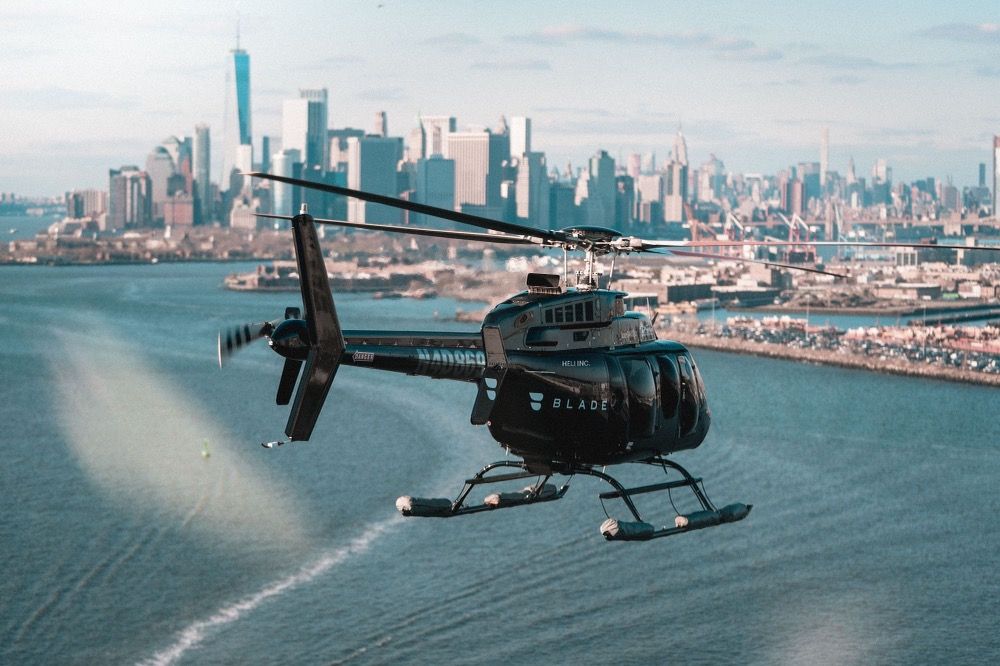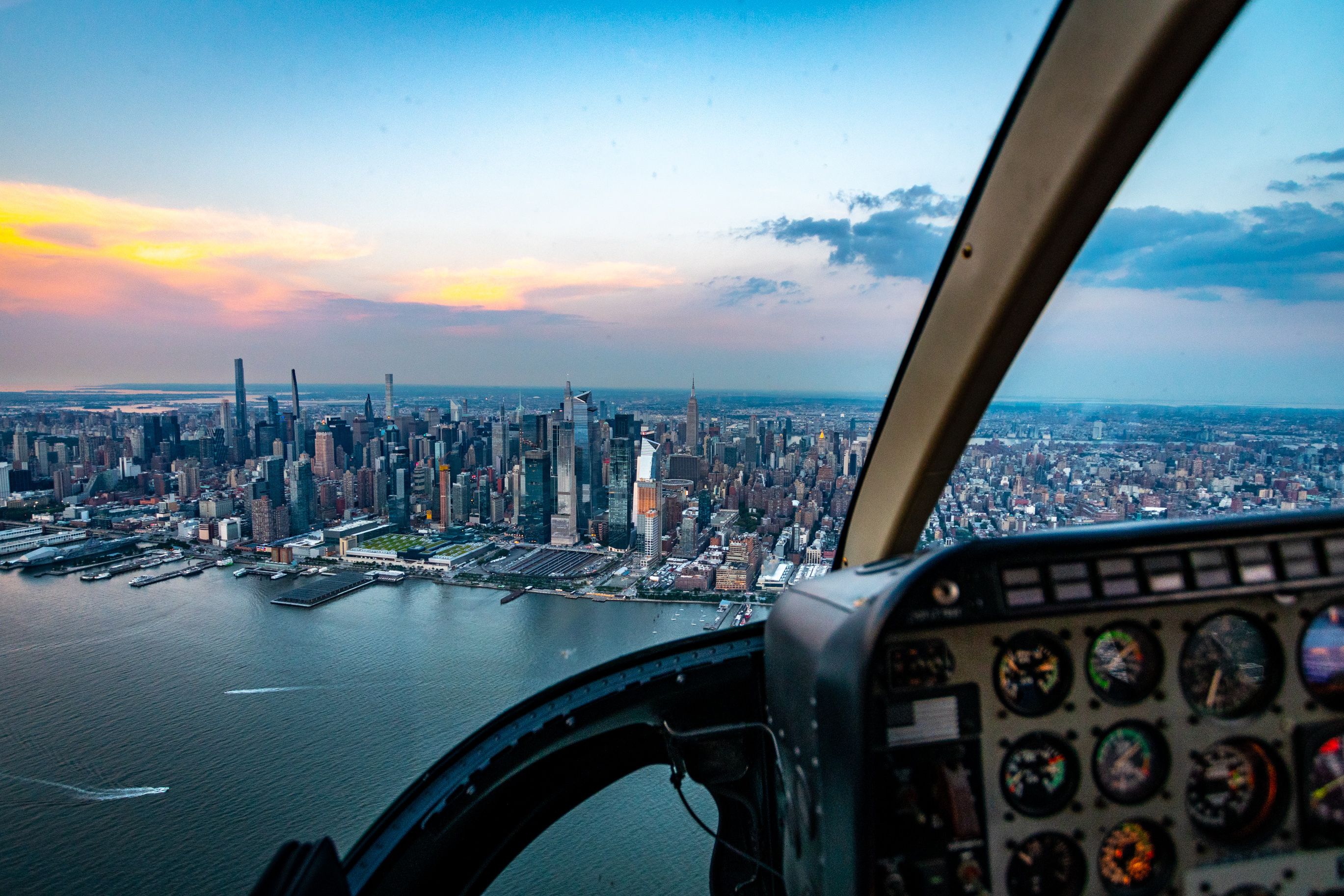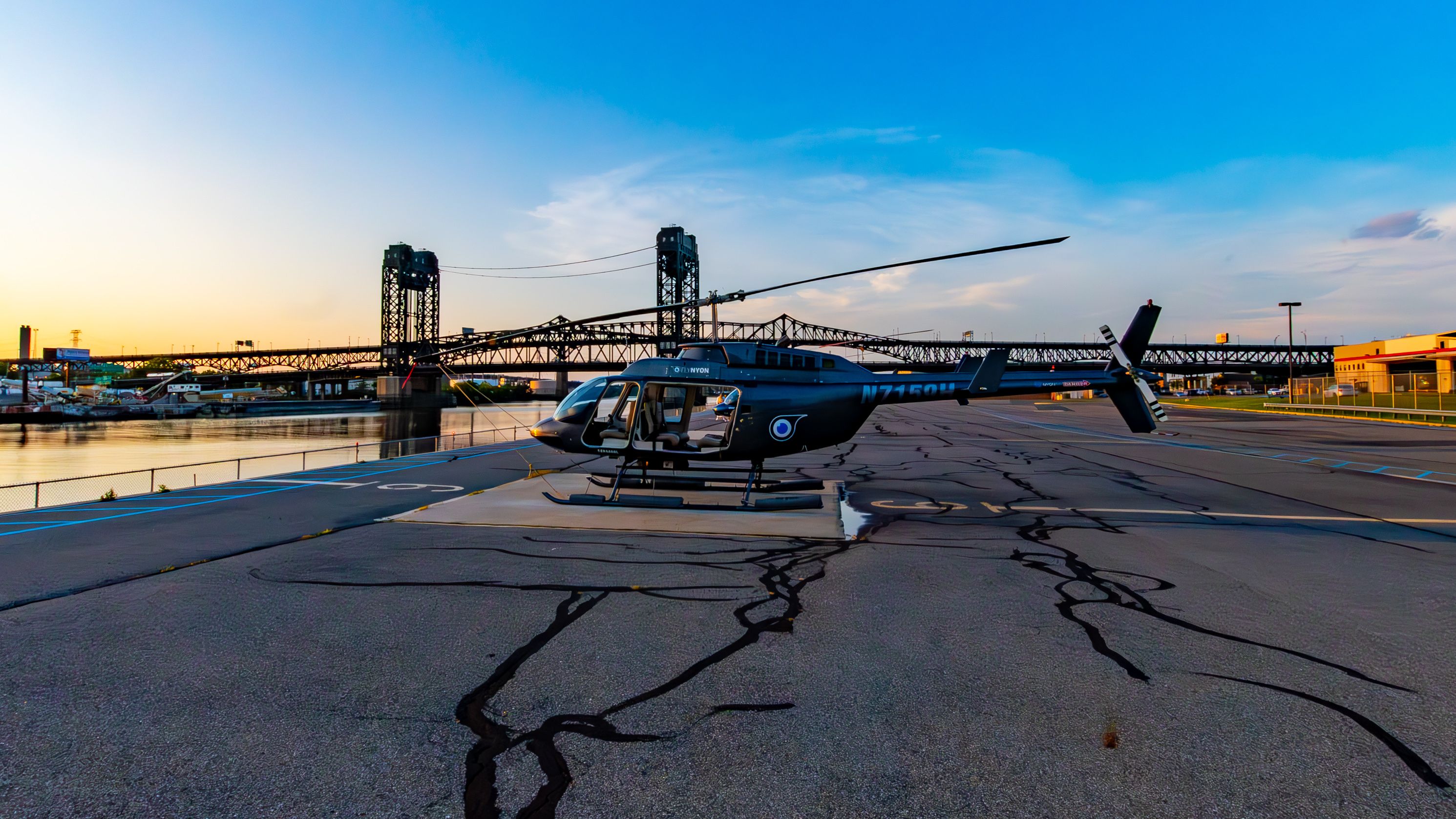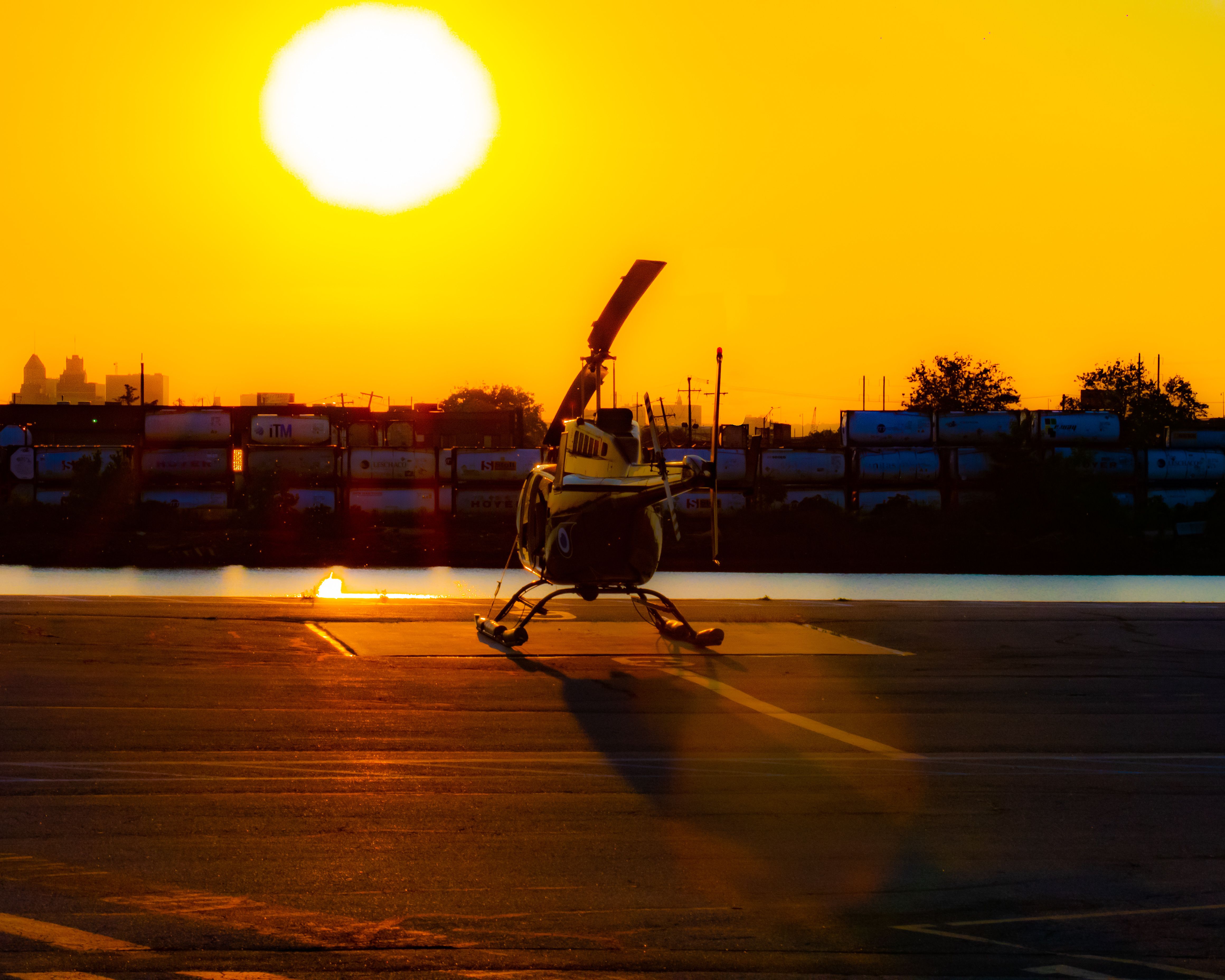The mother of young journalist Trevor Cadigan, who died in a horrific helicopter accident in March 2018 while on a viewing trip in New York’s East River, has been awarded $116 million by a jury in a significant legal development. The verdict, which came out on Thursday, is one of the highest payments in a helicopter crash case and highlights ongoing safety concerns in the air tourism industry.
“Death trap”
Cadigan’s mother, who filed the lawsuit against the helicopter company, claimed that Liberty Helicopters was negligent in its operations. Kansas-city based attorney Gary C. Robb, who represented Cadigan’s family, described on Friday the circumstance as a “death trap.” Robb condemned the fact that the company fundamentally misled the public regarding the ability to escape in an emergency using harnesses that were designed for construction workers rather than aviation purposes, according to the Associated Press.
Robb claimed that the harnesses misled the public about their capacity to escape in an emergency:
“These doors-off helicopter tour operators put Trevor in a death trap, and they knew it. They were fully aware for months that the passengers would have no chance of escape from their make-shift harness and tether system in the event of an emergency water landing.”

Have You Ever Flown On A Charter Helicopter?
The private aviation industry is ever-changing. One of the notable aspects of the industry is the ability to charter a helicopter for short distances. A lot of times, travelers will charter a helicopter in urban areas. One of the most popular areas to charter a helicopter is the dense New York City area. A lot of chartered helicopters will transport travelers from one of the popular airports to the Manhattan area. This is a relatively quick flight that bypasses hours of potential traffic depending on the time of day.
Some of the popular companies that offer chartered helicopters are Flexjet and Blade Helicopters. Have you ever had the privelige of flying on one of these chartered helicopters?
Helicopter operator found primarily responsible
The helicopter, operated by Liberty Helicopters, crashed shortly after takeoff from Manhattan, killing Cadigan and four other passengers. Only the pilot escaped. In addition to the fatalities, the incident attracted significant notice because of how the helicopter went down into the river, with reports indicating that the passengers were trapped inside as the aircraft sank. Rescuers struggled to reach them in the cold waters, emphasizing the risks connected with such air tours.
Six jurors at the State Supreme Court in Manhattan concluded that the helicopter’s operator and its owner, Liberty Helicopters, were primarily responsible for the deaths. The helicopter was used for tours over New York City.
Photo: Joe Kunzler | Simple Flying
Dart Aerospace, the manufacturer of the helicopter’s emergency flotation device, was also partially held accountable by the jury for the fatalities. The system failed to completely inflate during the crash, leading the aircraft to turn on its side and fall into the river.
“FlyNYON is contemplating next steps,” Anthony U. Battista, a lawyer for the airline, stated on Thursday, according to The New York Times, “and expresses its deepest condolences to the Cadigan family.”
The National Transportation Safety Board ( NTSB
) released a transcript of an onboard video, revealing that during the flight, a passenger asked, “How do I cut this?” while struggling to free himself from the harness that held him to the helicopter. The safety harnesses, which were supposed to keep passengers from falling out of the open door, instead limited their movement, making it “extremely difficult” to get out quickly in an emergency.
Before takeoff, passengers were asked to watch a three-minute and 22-second safety film that explained how to use headsets to communicate with the captain and where to find the fire extinguisher. In an emergency, they were advised to find a knife hidden in their harness pocket and use it to cut themselves free. The harnesses were also attached to a secured carabiner, which passengers had to find and unscrew.
Photo: Joe Kunzler | Simple Flying
However, the NTSB found that the cutting tool was “ineffective” at severing the harness. Pilots have regularly expressed concerns about the safety equipment, which was based on harnesses used for construction workers. The New York Times reported that one pilot cautioned that “we are setting ourselves up for failure.” Despite these warnings, FlyNYON’s management ignored the concerns, claiming that their activities, which allowed guests to lean out of the helicopter for selfies over the city, were safe.
According to The New York Times, Patrick K. Day, FlyNYON’s CEO, claimed in a January email, just weeks before the deadly trip, “Let me be clear, this isn’t a safety issue with the harnesses.”




